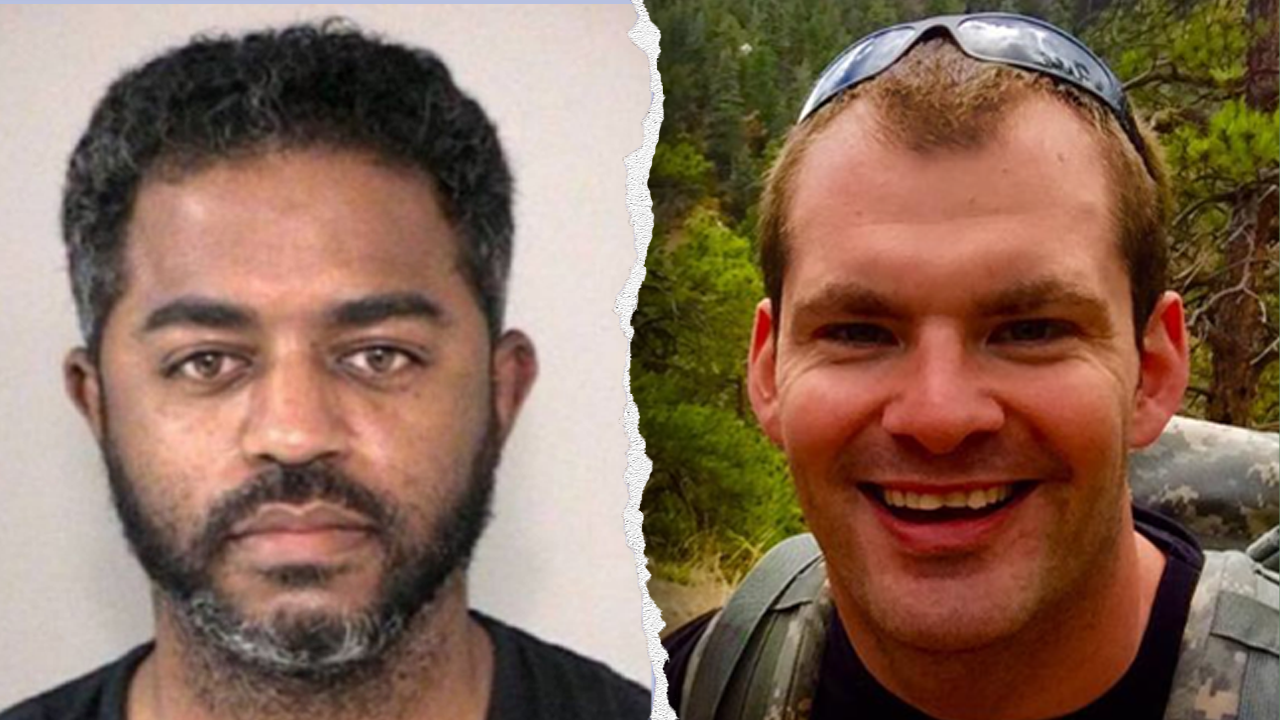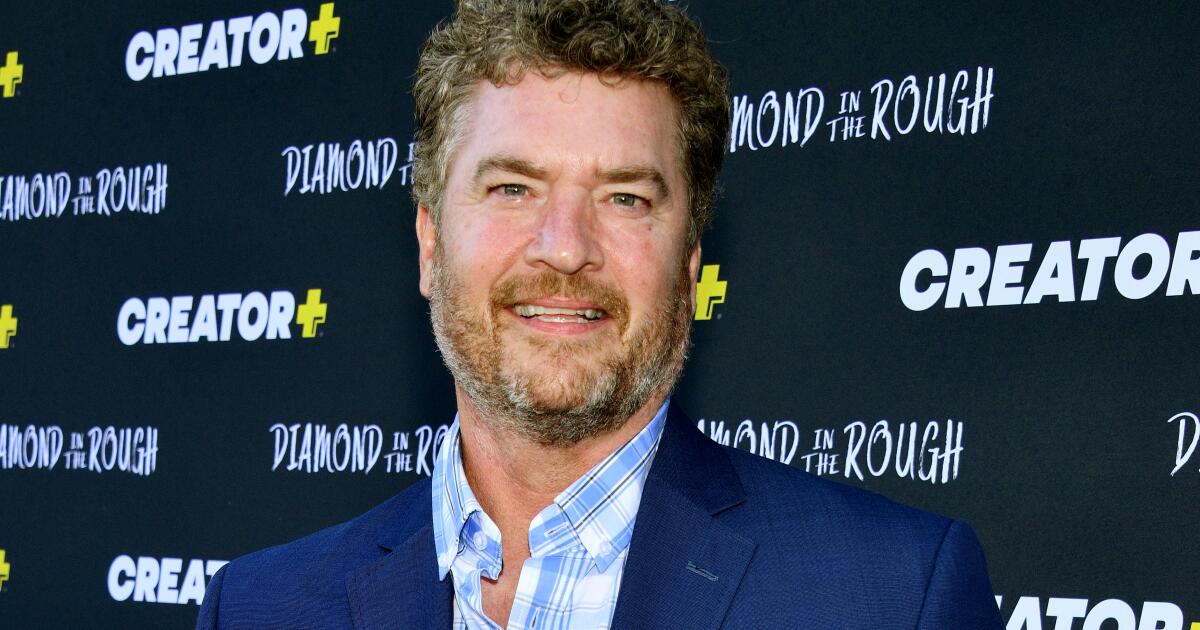It was the last day of the hunting season. Tanks of fuel stashed at a remote Alaskan airstrip had to be retrieved. Time was short since a storm was approaching. A Cessna 206 landed on a gravel bar in the Porcupine River, and the pilot began loading 15-gallon fuel containers into the plane. To save time, she asked two hunters, who were waiting there for a different airplane, to empty two of the containers into her wing tanks. The whole operation lasted 12 minutes.
Seconds after the 206 became airborne, its engine sputtered. It banked steeply, and its right wingtip struck the surface of the river. The airplane cartwheeled before coming to rest, partially submerged. The powerful current and icy water of the river prevented the two hunters from getting to it. By the time a raft had been brought from the nearest base, 60 miles away, an hour and a half had passed. The pilot, 28, was dead.
Accident investigators minutely examined the 206’s engine and found nothing wrong with it. What was wrong was that there was water—in some places more water than avgas—in the fuel system, including parts that river water had not been able to enter.
A pilot who later inspected one of the smaller fuel containers found about a cupful of water in 8 gallons of fuel. Since the plane had arrived without any trouble, it was pretty clear that the water in the fuel system had been added along with the fuel during the hasty stopover on the sandbar and caused the engine to lose power soon after it went to full throttle.
What looked like one cause, however, was really several.
The fuel cache, which had been set up two months earlier, consisted of 55-gallon metal drums from which fuel was pumped into 15-gallon plastic containers that were easier for the pilot to handle. Fuel would be transferred from those containers into the airplane’s wing tanks by a battery-operated pump.
When the cache was originally established, the pump had a filter to trap debris. In addition, a Mr. Funnel was provided. It contained both a screening filter and hydrophobic membrane that allowed fuel to pass through but not water.
During the course of the hunting season, the pump’s filter became clogged and was removed. It was not replaced, even though the fact that it had gotten clogged seems to suggest that a filter was needed. The water-excluding funnel also was “lost”—whatever that means on an unfrequented sandbar—and it too was not replaced. Thus, nothing remained to ensure that fuel pumped into planes would be clean and free of water.
In principle, a final line of defense existed in the form of the airplane’s fuel drains. In this 1975 206 those were four in number (later Cessnas, whose integral fuel tanks can hide water behind ribs, have as many as 13). Two were, as you would expect, on the undersides of the wings at the inboard ends of the tanks. One was on the fuel strainer, or “gascolator,” at the firewall. The fourth drained a small collector tank located in the bottom of the fuselage.
The accident pilot, and other pilots who worked for the same flying service, were aware of the lack of filtration at the remote site and had “numerous conversations” about the danger of water contamination in fuel and the need to check the sumps after refueling. The 206 was equipped, however, with a belly pod that covered the fuselage sump drain, so that it might be necessary to shift or remove cargo in order to get at the drain. The accident pilot had repeatedly complained about the difficulty of draining the fuselage sump, and she was said to habitually skip that step despite “talks at great length” urging her not to.
Since the fuel pickup in each wing tank is located slightly above the bottom of the tank, small amounts of water could be taken from the quick-drains without any of that water having found its way to the fuselage tank. But if sufficient water got into a wing tank, some of it could run down into the fuselage tank, water being heavier than fuel. The fact that the engine ran for some time before stumbling suggests, however, that the fatal water came from the wings, not the fuselage tank.
According to the pilot’s colleagues, it was “company policy” that only the pilots themselves do the refueling at remote sites and not delegate it to anyone else. The hunters who pumped fuel into the 206 for the pilot recalled that she did not check the sumps before taking off and that there was no mention of the possibility of water in the fuel.
So, one by one, the conditions for the accident had been put into place. The mere fact that there had been “numerous conversations” about the danger of fuel contamination suggests that the company’s pilots knew that a potentially serious problem existed. The clogged fuel filter had not been replaced. The fuel storage tanks, even if they were impervious to rain, were likely to accumulate water from repeated cycles of condensation, and yet the water-filtering funnel was gone too. Why a replacement was not obtained is unclear. Amazon offers Mr. Funnel filters for around $40, delivered tomorrow (or, in the bush, maybe a few days later).
The National Transportation Safety Board blamed the accident on the pilot’s “inadequate preflight inspection,” with the company’s failure to replace the fuel filters a contributing circumstance.
The NTSB’s report omitted mention of a third factor.
The accident occurred on a meander in the river. The sandbar from which the 206 took off was oriented directly toward a broad gravel bank on the opposite shore. The immediate cause of the crash seems to have been the pilot’s decision to turn back, which led to the right wingtip hitting the water. If she had continued straight ahead, she might have made the far shore or at least ditched under control in the river. She might have lost the airplane in the process but saved her life.
A retired fighter pilot, who at one point during his career in the Air Force had the job of test-flying F-100s after they emerged from maintenance, told me that he wouldn’t hesitate to punch out of an airplane that failed of its own accord but would be very reluctant to abandon one whose problems he himself had caused.
In her haste, the pilot had not checked for water in the fuel, even though it had been a topic of much discussion. When the engine stumbled, she probably guessed the reason instantly. She switched on the fuel pump in hope that the engine would come back to life. Trying to save the airplane, she banked back toward the runway. But then…
This column first appeared in the December Issue 965 of the FLYING print edition.
































